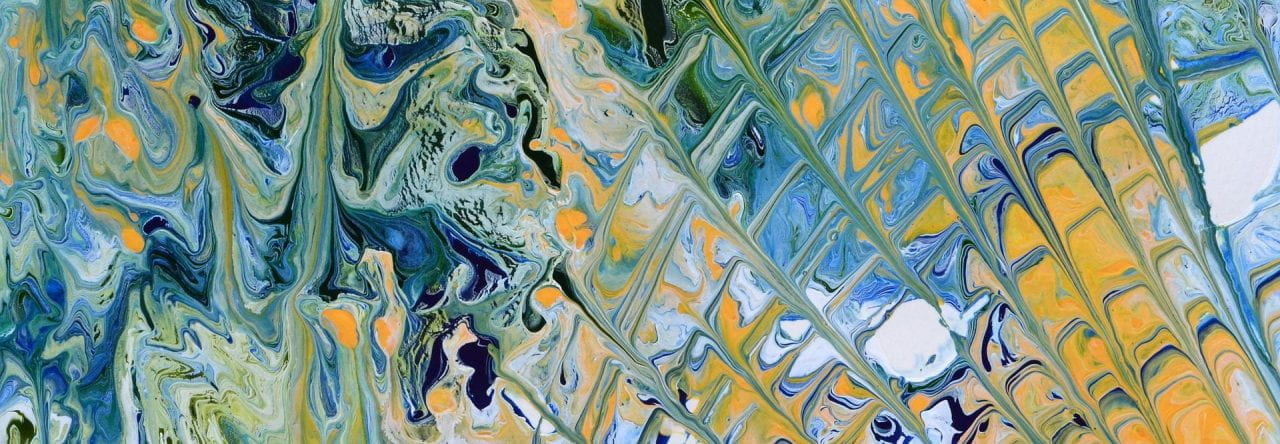An impulsive flow-kick model of influenza
Sarah Iams
The massless electron limit for the Vlasov–Poisson–Landau system
Patrick Flynn
Multifractality in the evolution of vortex filaments
Daniel Eceizabarrena
From structure to dynamics in combinatorial threshold linear networks
Caitlin Lienkaemper
Nonlocal cell adhesion models: bifurcations and boundary conditions
Andreas Buttenschön
